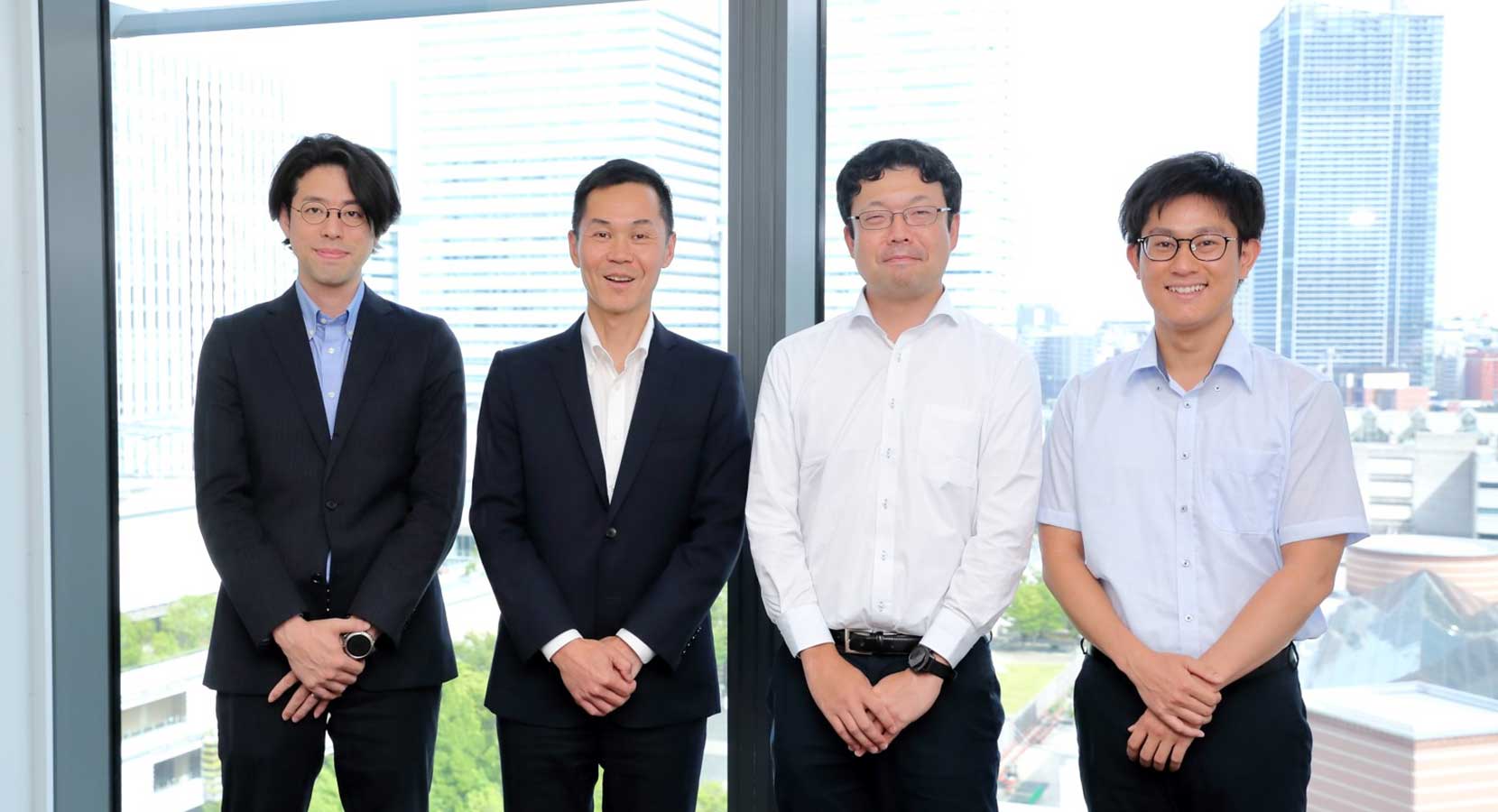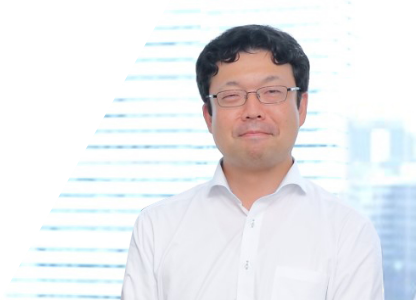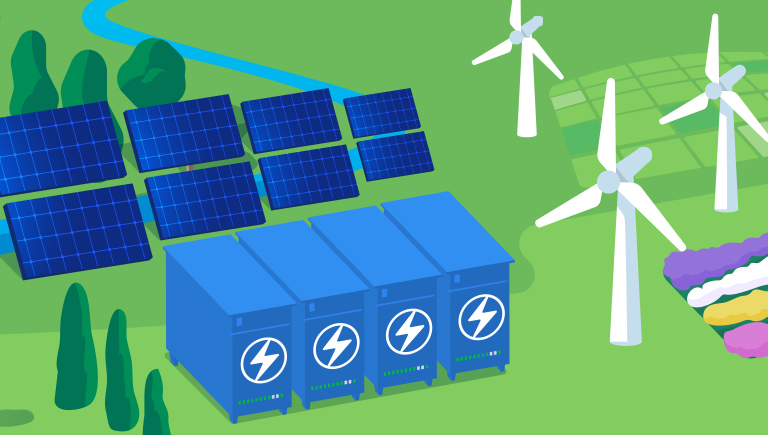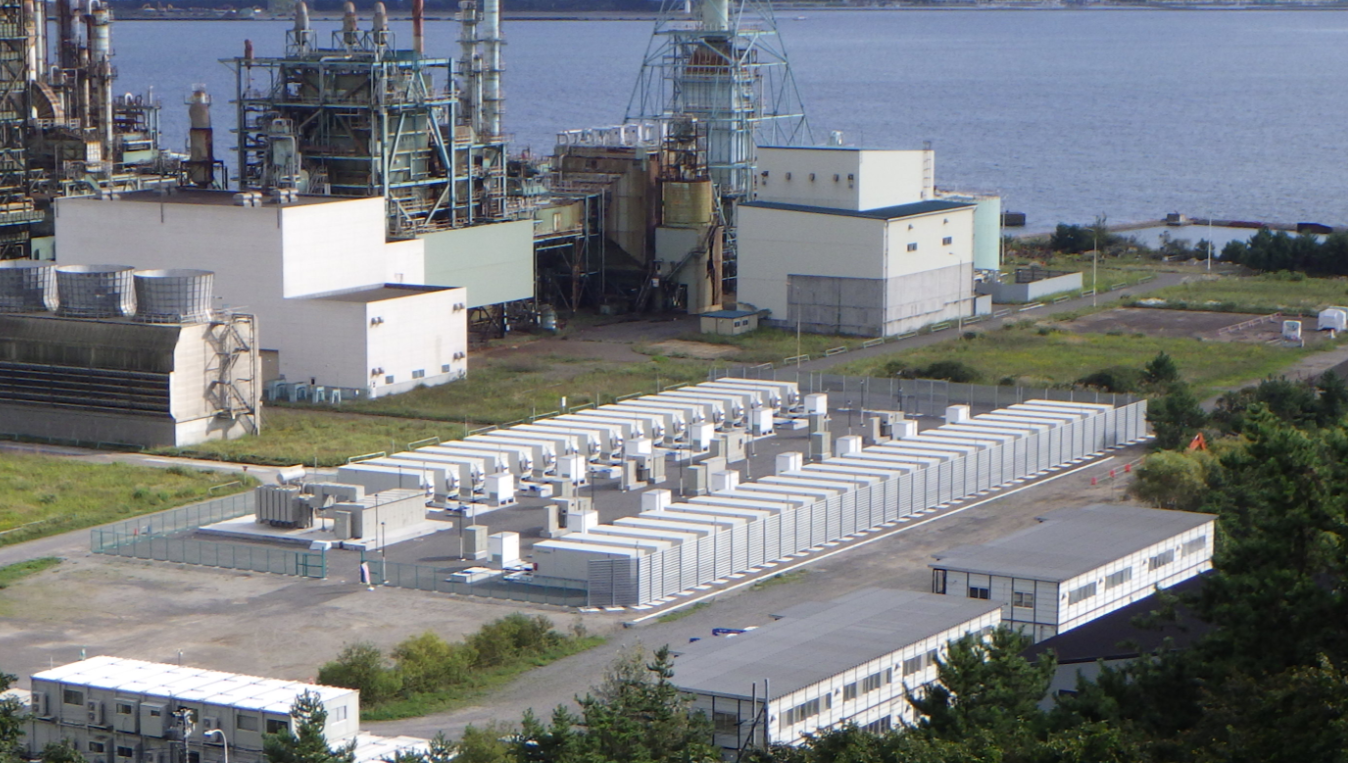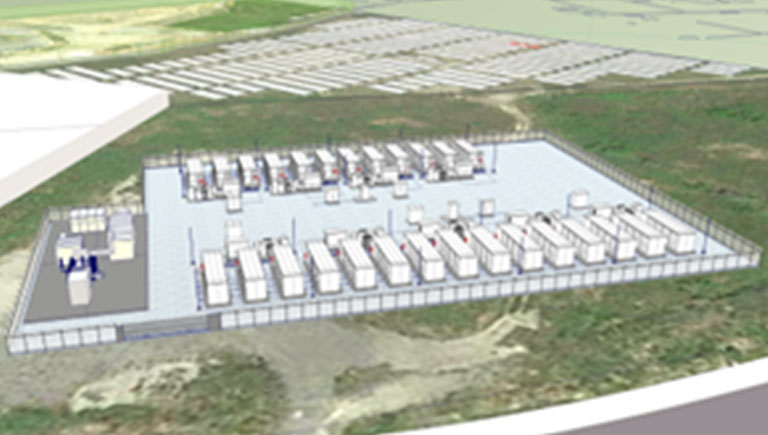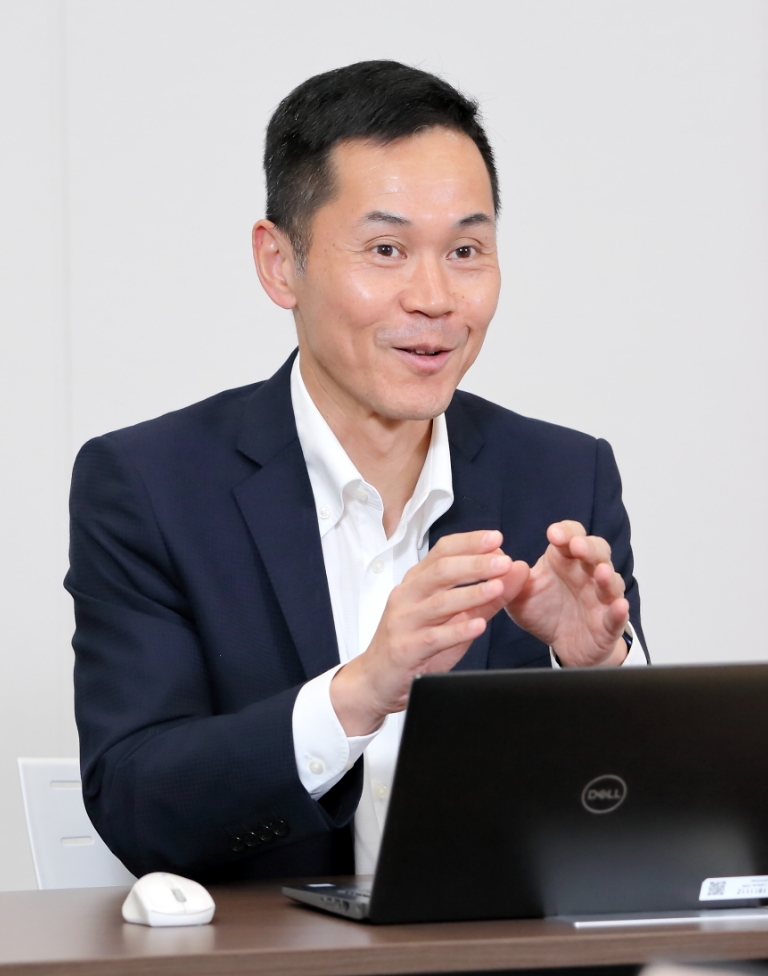
Completing the Project as ‘One Team’ under Challenging Conditions
With a storage capacity of 720,000 kWh (equivalent to approximately 10,000 electric vehicles), the battery energy storage system for North Toyotomi Substation Electric Power Substation is the largest in Japan (18x the second largest), and in the top five largest in the world.
As Prime Contractor, Chiyoda was responsible for the Engineering, Procurement and Construction (EPC) work, including battery energy storage, control systems, power receiving and transforming facilities and large-scale buildings.
Hiroshi Suzuki (Project Manager) says: “Large-scale battery systems were uncharted territory for Chiyoda and the scale was a first for the battery manufacturer. However, breaking down the project into individual components such as buildings, batteries, power and hazardous materials, each is an area in which we have a proven track record. We call our ability to bring together knowledge and technology for social implementation 'engineering' or 'co-creation'. We thought we could handle it if we demonstrated that ability”.
The progress of the project to completion was not smooth however and, although the area blessed with wind conditions suitable for wind power generation, it is a strong wind zone. We faced challenges from the beginning, with days of inoperable strong winds in the early stages of construction. The project is located in a harsh cold region where the minimum temperature drops to minus 20 degrees in winter. We planned to complete the buildings before heavy snowfall, but the snow came earlier than usual, and construction faced difficulties”.
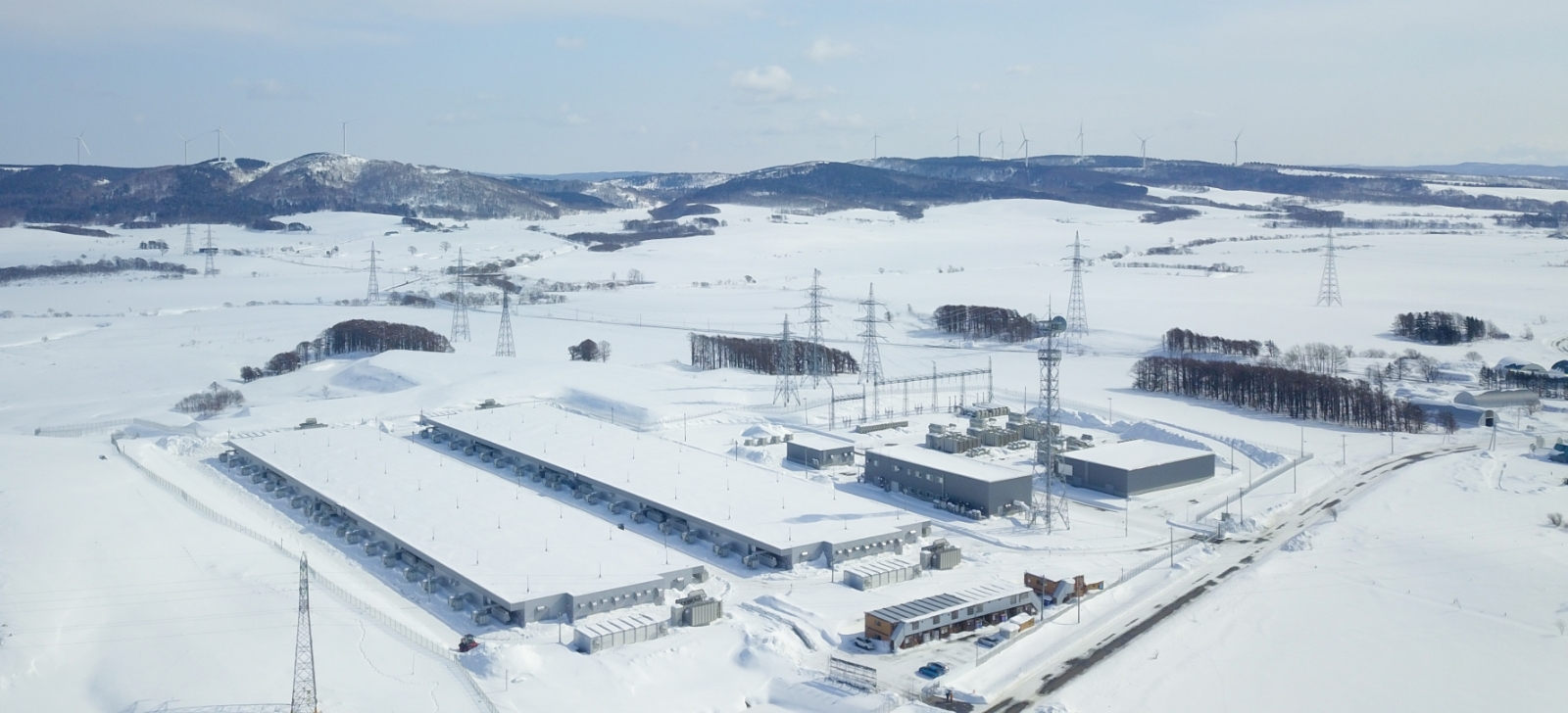
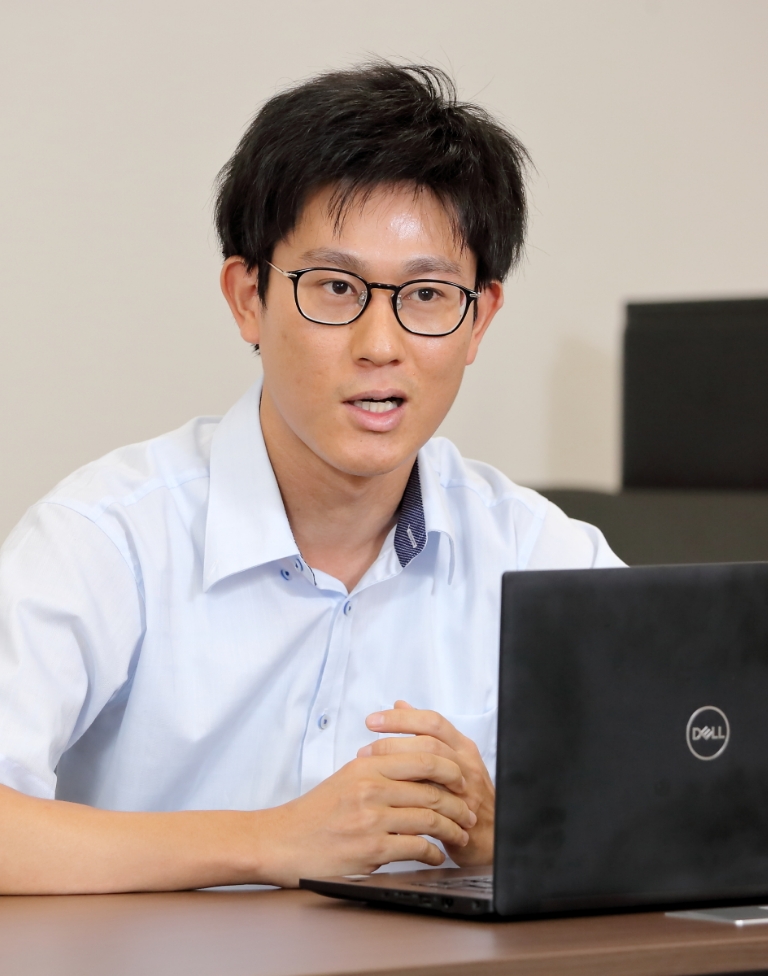
Kokichi Suzuki was responsible for construction management of the buildings and shares a vivid memory: “On a day when work had stopped due to snow, Chiyoda’s veteran supervisor started shoveling snow himself and I immediately followed suit. Upon observing this, construction workers also started to clear the snow, clearly illustrating how all project participants acted as ‘One Team’, promoting 'co-creation' and conquering the challenges”.
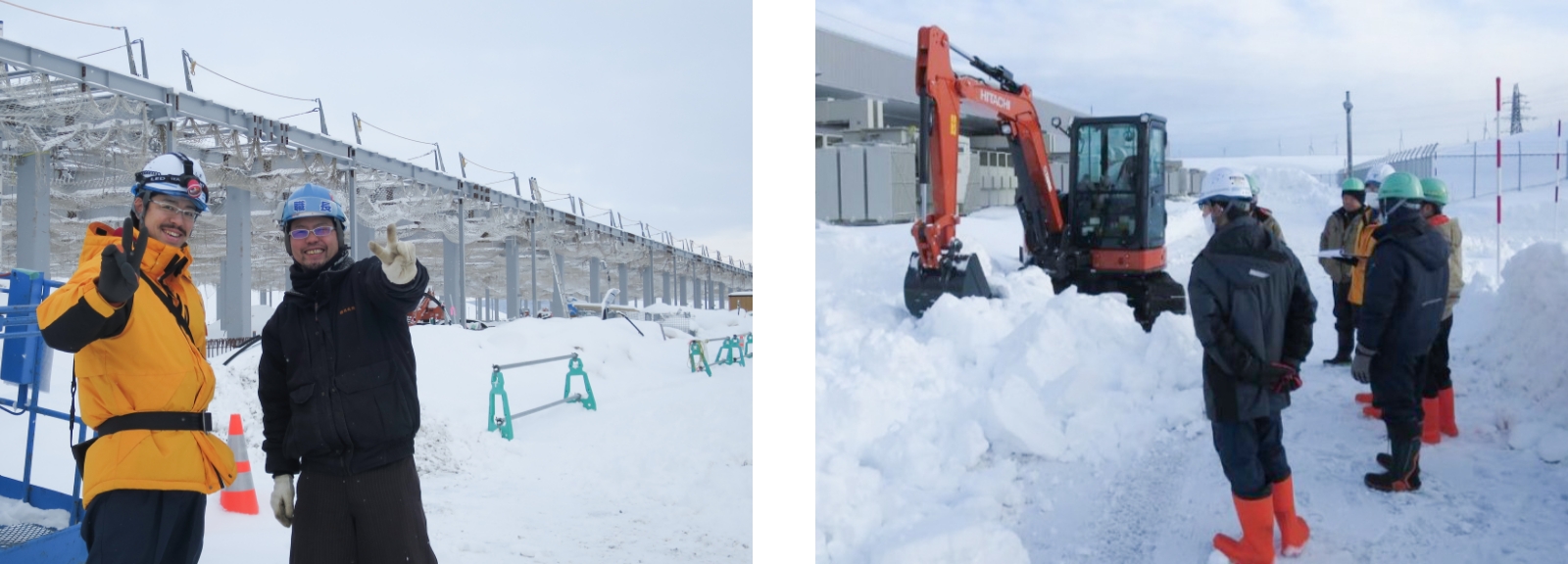
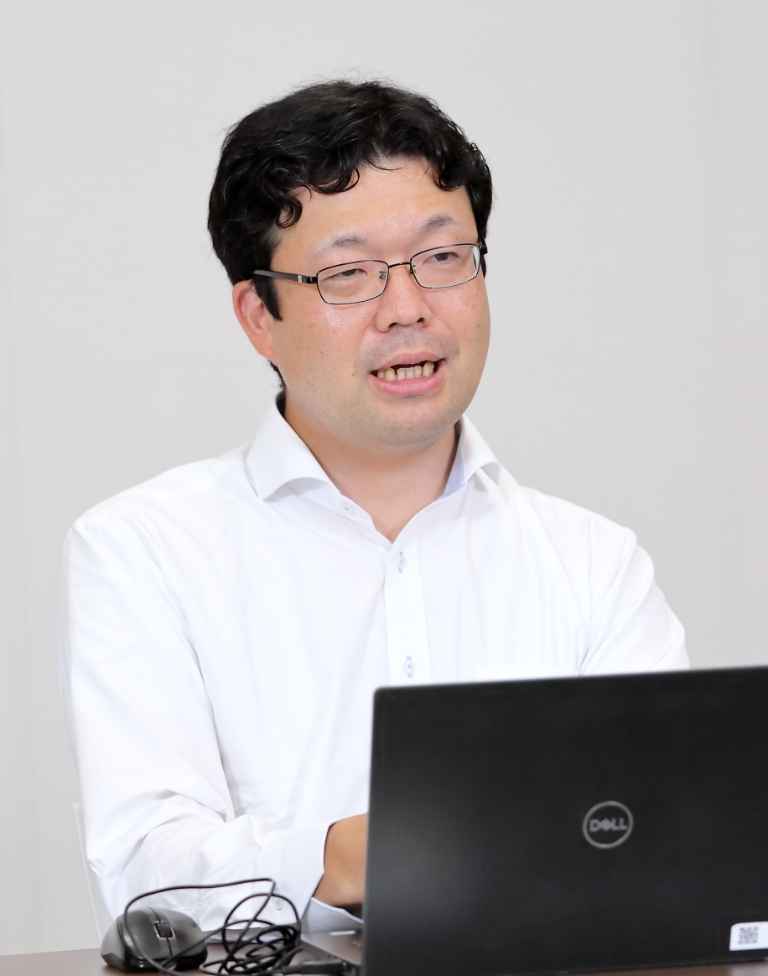
Applying Our Energy Plant Expertise to Dispel Customer Concerns
Safety was a decisive factor for Chiyoda being awarded the project, and we applied our energy plant experience, such as oil plants, where advanced safety measures are required.
Yoshinobu Ashie (Area Project Manager) says: “The stationary battery is, to all intents and purposes, a vessel containing enormous energy. Fires have occurred in stationary batteries overseas and our customer was concerned. Through stringent and comprehensive risk assessment, we identified and evaluated risks and implemented thorough mitigation measures to ensure system safety, throughout the entire project life cycle, from design to construction. We also proposed an initially unplanned 'full-scale fire test' to the customer, as their satisfaction and ‘peace of mind’ based on theoretical design and physical evidence is essential.
The fire test included installing an identical building to the one in the facility and, with the cooperation of the battery manufacturer and construction company, igniting the batteries to check safety systems. We proved that the battery itself does not spread fire (burning when transferred) and that a fire can be extinguished rapidly without leading to a major incident. The test instilled confidence in the project’s safety in the customer, all project stakeholders, and contributed to a shared sense of unity”.
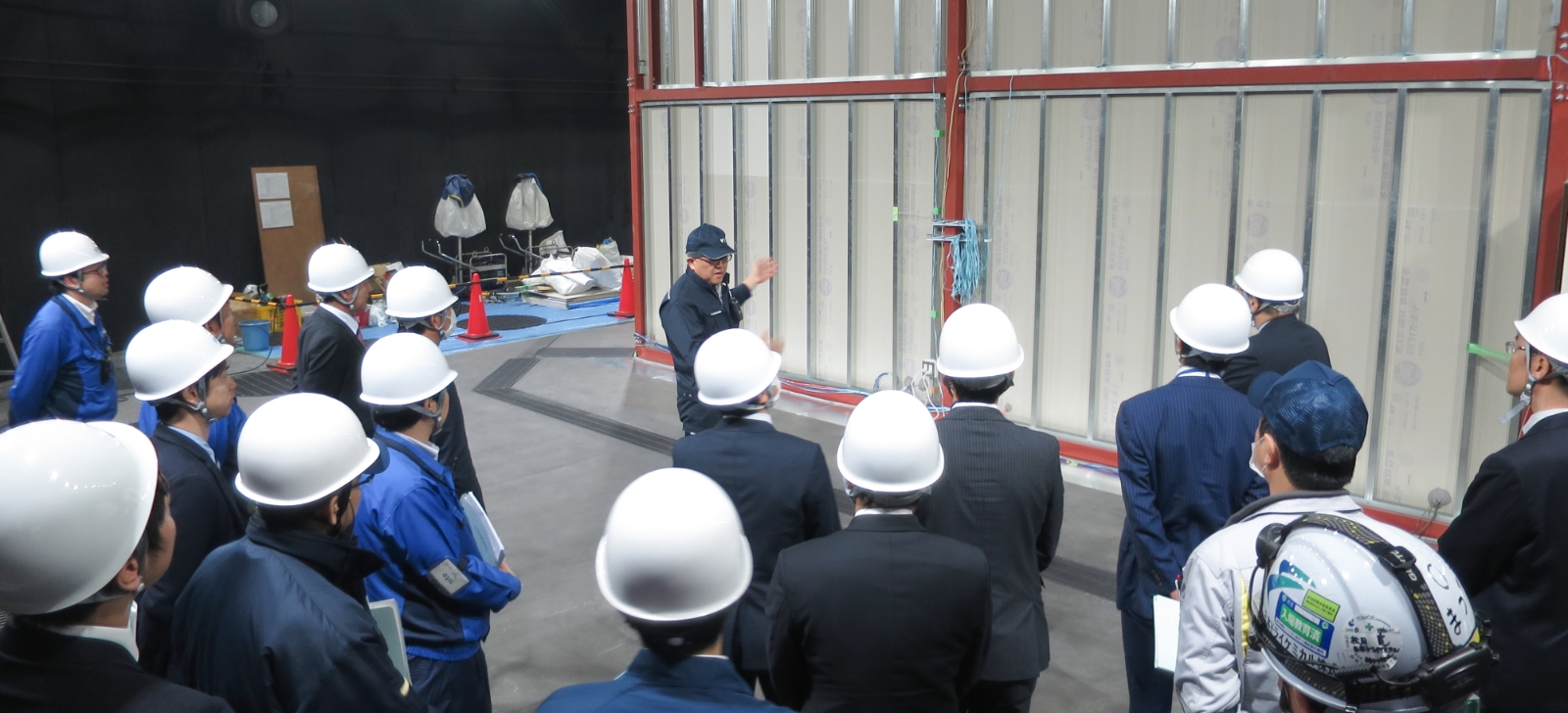
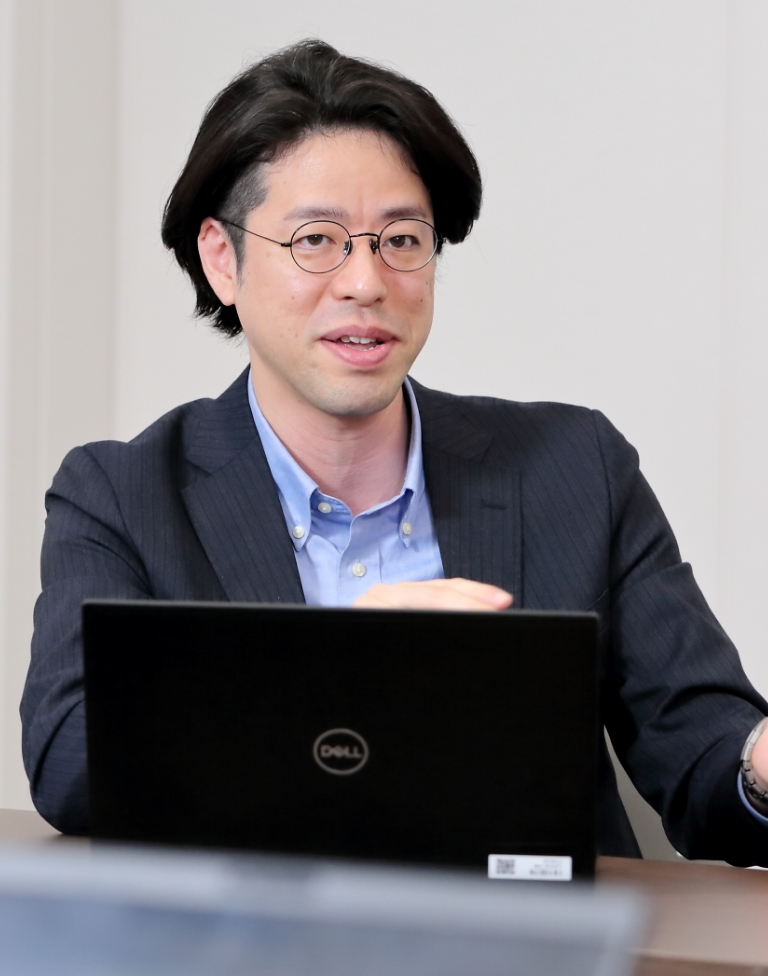
Regional Revitalization through Natural Energy
The battery energy storage system for North Toyotomi Substation Electric Power Substation forms part of a wider power grid development project in the Hokkaido region. Newly constructed wind turbines in Hokkaido have been supplying power through this grid since 2023 and the connection of 127 wind turbines, with an output of over 540MW, will double wind power generation in Hokkaido from its 2022 output to become the largest in Japan. Following completion of the EPC phase, Chiyoda will maintain the battery energy system for 20 years, supporting the sustainable use of natural energy.
This national project is attracting attention as a demonstration of regional revitalization in a new era using wind as an energy resource. Yasumasa Okushima (Assistant Project Manager and acting Site Manager) recalls: “As completion approached, I coordinated more than 120 groups and over 600 visitors, including government officials, local government leaders and power company executives, on an almost daily basis”.

The Widespread Use of Natural Energy
The demand for natural energy is increasing as a solution to climate change and is a key focus for Chiyoda. We will continue to actively promote businesses that contribute to spreading the use of natural energy in society, taking on challenges such as enhancing the added value of battery systems, AI technology and constructing power facilities that combine wind power generation and battery energy storage.



